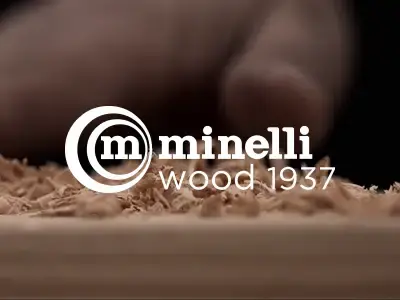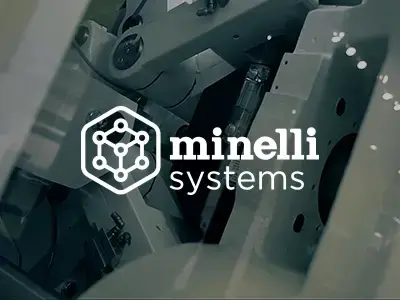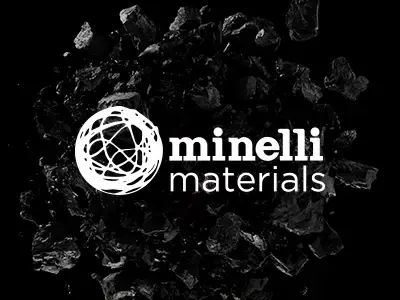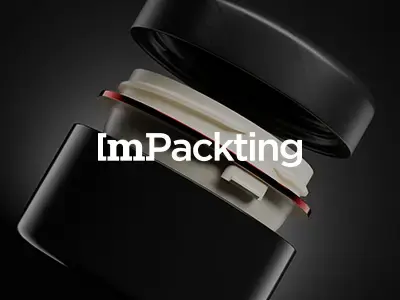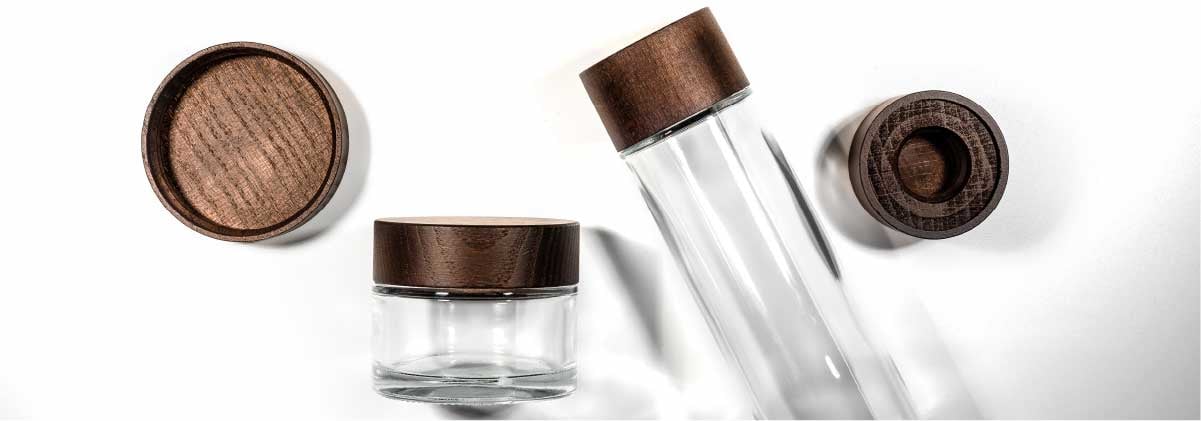 In an era where environmental sustainability is a necessity, industries across the board are seeking innovative ways to reduce their carbon footprint. The cosmetics industry, known for its vibrant packaging and presentation, is at the forefront of this shift, exploring more sustainable practices that revolutionize traditional cosmetic packaging design. Among the alternatives, wooden components emerge as a champion of eco-friendly packaging, offering a synthesis of aesthetic appeal, functionality, and environmental stewardship.
In an era where environmental sustainability is a necessity, industries across the board are seeking innovative ways to reduce their carbon footprint. The cosmetics industry, known for its vibrant packaging and presentation, is at the forefront of this shift, exploring more sustainable practices that revolutionize traditional cosmetic packaging design. Among the alternatives, wooden components emerge as a champion of eco-friendly packaging, offering a synthesis of aesthetic appeal, functionality, and environmental stewardship.
This article delves into why wood is increasingly becoming the material of choice for cosmetic packaging, marking a pivotal shift towards sustainability in the beauty sector.
Cosmetic packaging design: the environmental imperative
As consumers become more environmentally conscious, their purchasing decisions are increasingly influenced by the sustainability practices of brands. The cosmetics industry, traditionally reliant on plastic packaging, faces a critical need to adapt.
Plastic, while convenient and cost-effective, has devastating environmental impacts, from its production process to its centuries-long degradation timeline.
The quest for sustainable alternatives has led to the exploration of materials that embody the principles of the circular economy - materials that are renewable, biodegradable, and have a minimal environmental footprint.
Wood, with its inherent sustainability attributes, emerges as an ideal solution.
Wood: a paradigm of sustainable cosmetic packaging
Wooden components in cosmetic packaging are not just a nod to environmental sustainability but a bold statement of it. Harvested from sustainably managed forests, wood represents a renewable resource that can be replenished over time, ensuring a continuous supply without depleting natural reserves. Moreover, wood packaging is inherently biodegradable, breaking down into natural components without leaving harmful residues in the environment. This contrasts sharply with the persistent pollution caused by conventional plastic packaging.
Aesthetic and functional harmony
The transition to wooden cosmetic packaging design is not merely an environmental decision but a strategic branding move. Wood brings a unique aesthetic appeal to packaging design, exuding warmth, natural beauty, and a sense of luxury. Its versatile nature allows for a wide range of design possibilities, from minimalist elegance to intricate patterns, catering to diverse brand identities. Furthermore, wood’s tactile quality enhances the consumer experience, adding a touch of sophistication and authenticity that resonates with eco-conscious consumers.
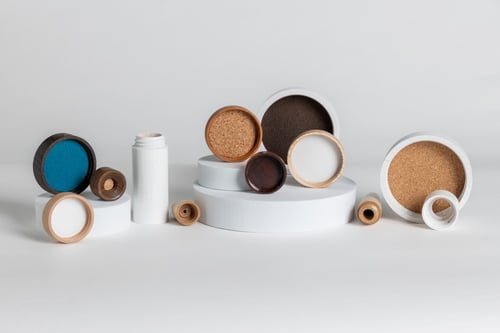
Functionally, wooden packaging components are robust and durable, offering excellent protection for the product within. Advanced manufacturing techniques ensure precise fit and finish, safeguarding the cosmetic product's integrity from production to the consumer's hands. Additionally, wood's natural properties can offer added value to packaging, such as inherent antimicrobial qualities that can prolong the shelf life of certain products.
The economic and social ripple effects
Adopting wooden components in cosmetic packaging also has broader economic and social benefits. Sourcing wood from sustainably managed forests supports the forestry industry and rural communities, providing livelihoods and encouraging sustainable land management practices.
This strategic choice not only secures livelihoods but also champions the cause of responsible land stewardship, reflecting a deep-seated commitment to social responsibility. Such practices not only polish a brand's reputation but also resonate with a growing demographic of consumers who place a premium on ethical and sustainable choices.
Furthermore, the gradual pivot toward wooden packaging serves as a catalyst for ingenuity within the supply chain. This shift is not merely about replacing one material with another; it's about reimagining the entire lifecycle of packaging. It encourages advancements in the realms of sustainable forestry practices, innovative material processing techniques, and cutting-edge design philosophies.
As the allure of wood gains momentum among brands, it nurtures a demand for packaging solutions that are not only sustainable but also economically viable and aesthetically pleasing. This demand instigates a healthy competitive environment that propels continuous enhancement, fostering a culture of innovation that benefits the planet, people, and the market.
The path forward
The move towards sustainable practices in cosmetic packaging design is not just a trend but a necessary evolution in response to the environmental challenges of our time. Wooden components offer a compelling solution that balances aesthetic appeal, functional excellence, and environmental responsibility. As the cosmetics industry continues to embrace sustainability, wood stands out as a material that can truly revolutionize packaging design, setting a new standard for beauty that is as kind to the planet as it is to the consumer.
Since 1937, the Minelli Group has designed and developed top-quality and sustainable cosmetic packaging designs whose quality is recognized all over the world.
We were the first and only company that patented a completely eco-friendly threaded cap for cosmetics without plastic or glue, which we called Legnavis. It is the strongest and most durable product when compared with those of our competitors.
Moreover, combining it with a sealing disk made of cork, you can offer a 100% sustainable solution for cosmetic packaging!
If you want to discover more about this innovative product and the essences, shapes, and finishes we can offer, download the free presentation!
And if you need more information or have a project in mind, do not hesitate to contact us!
